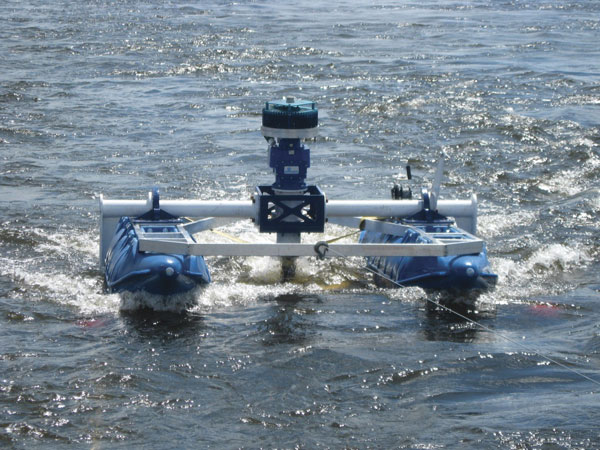The Himalayan Mountains tower over some of the most rugged terrain and harshest climate conditions on the planet. Melting snows from Mount Everest, K2 and hundreds of other snow-capped peaks carve out more than 6,000 rivers in Nepal, China, Bhutan, India and Pakistan. The vast majority of people living along these remote rivers and valleys survive in under-developed living conditions in geographically isolated areas. Like most developing countries, basic services—like heat and electricity—are scarce and inconsistent. Homes and schools in tiny villages do not have reliable electricity. Only a few homes have small solar panels that provide power for one or two lights. Small stoves, burning animal waste or scarce wood resources provide the heat and cooking for villagers. Unfortunately, connecting these small communities to existing power grids and centralized power is cost prohibitive.
Hydroelectric Power
To combat the scarcity of reliable power, a team of private companies and nonprofits—including Advantage Products, New Energy Corporation, World Wildlife Fund, Himalaya Currents, Inc., among others—developed a local, sustainable, clean energy system that could provide Himalayan villages with continuous power. Diamond bearings prevent abrasive water from wearing away the components of this hydrokinetic power generation system in remote Nepal. (Image courtesy of US Synthetic)
Diamond bearings prevent abrasive water from wearing away the components of this hydrokinetic power generation system in remote Nepal. (Image courtesy of US Synthetic) 
